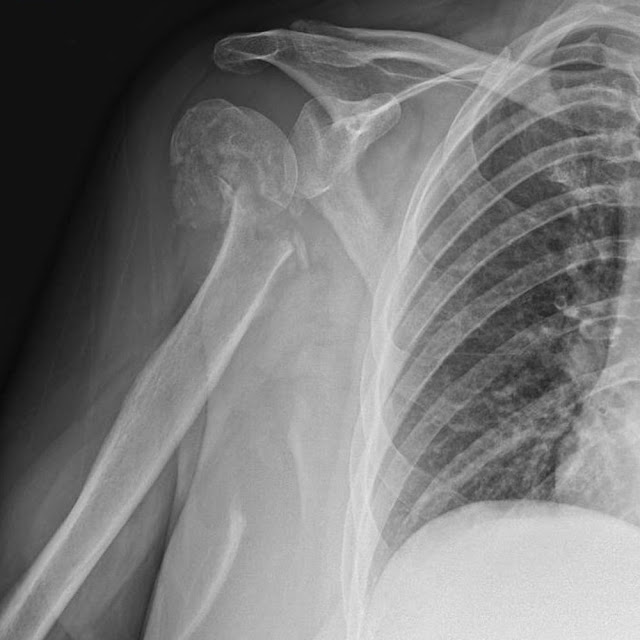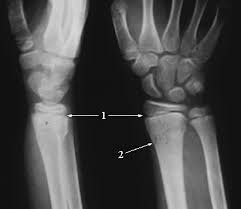Fractures on the upper limb are not only extremely painful but also presents a threat to the quality of life of the affected individual. People commonly afflicted with this type of injury are children and the elderly. In dealing with upper limb fractures, one must know the extent and symptoms of the type of fracture. For example, the fractures on joints of the upper limbs mostly lead to stiffness so treatment should include physical therapy to help remove the numbness.
Types of Upper Limb Fractures | Classification
The common types are:
• Clavicle fractures: Clavicle fractures mostly happen on the mid shaft of the bone wherein the distal fragments are outstretched because of the application of too much weight on the arm. As a result, proximal fragments are displaced due to the twisting of the muscles.
• Shoulder joint dislocation: Shoulder joints are one of the large joints that are commonly dislocated. Shoulder joint fractures are commonly caused by weak glenoid socket and disorders of the ligament laxity.
• Proximal humerus fractures: These types of fractures are common in women who are already on their post-menopausal stage. The majorities of proximal humerus fractures do not involve total displacement of the bones so they can be easily treated.
• Humerus shaft fractures: These fractures on the upper arm bone can heal fast and do not actually need reduction or total immobilization.
• Head radius fractures: This lower arm fracture is very common in adults but is very rare in children. It causes pain and tenderness on the elbow’s lateral portion.
Upper Limb Fracture Diagnosis
Diagnosis of fractured upper limb involves the doctor inquiring about the history of the injury and assessing the clinical features of the fractured area. The overall medical history of the patient will also be needed to determine whether the patient has other diseases which should be considered with the treatment. Physical examinations follow as normally conducted to see whether there are other joints that have been affected in the injury. Since upper limb bone fracture is mostly mild in nature, it does not require immediate emergency treatment. Application of first aid is also encouraged like the use of ice packs and makeshift slings to reduce the pain and swelling of the injured area. X-rays will be taken as the final assessment of the injury. Rehabilitation or rehab is required.
Upper Limb Fracture Causes
• Falling on the shoulder with an outstretched hand (for clavicle fractures)
• Slipping of falling
• Vehicular accidents
• Pathological causes (post-menopausal stage or weakening bones because of old age)
Upper Limb Fracture Symptoms
• Pain
• Swelling
• Numbness
• Deformed shaped of the affected area
Upper Limb Fracture Treatment
The treatment is based on the location of the fracture of the upper limb. Clavicle fractures are normally treated by simply putting the arm on a sling supplemented with a general analgesia as pain killer. This treatment will usually last up to two to three weeks. As for shoulder joint fractures, they are commonly administered with reduction methods while the patient is under sedation. In some cases, the shoulder joint will not be treated fully until six weeks while the fragments are still not connected. However, when they do close reduction will be done.
Proximal humerus fractures are considered one of the most conservative types of upper limb fractures. It is normally treated by giving the patient analgesia with the arm placed in a broad sling for immobilization. The type of treatment for proximal humerus is also highly dependent on the age of the patient. Elderly patients are mostly treated using external techniques only while children mostly undergo internal fixation and open reduction. Humerus shaft fractures are almost the same as the proximal humerus injuries because they also do not need open reduction. In treating this type of upper limb fracture, a cast is used which covers the shoulder to the wrist, holding the area in a 90 degree angle. Lastly, head of radius fractures are treated by putting the arm in a collar or cuff for approximately three weeks. Extension and flexion of the injured area is encouraged through physical therapy.
Upper Limb Fracture healimg time or recovery time: More than 8 weeks are required.
Prevention of Upper limb Bone Injury
Since upper limb bone injuries or fractures are mainly caused by overextension of the arms or falling and slipping accidents, some of the best preventions is being cautious and doing warm-ups before doing any activity which will impose too much stress on the upper limbs. Wearing protective padding while doing highly physical actions can also help a lot.
When to Call a Doctor
Despite the fact that fractured upper limbs are not considered very serious cases, calling a doctor once the affected area starts to throb or go numb is highly necessary. Swelling and deformed shape of the injured limb also require immediate medical attention.


Comments
Post a Comment
Please do not enter any spam link in the comment box.